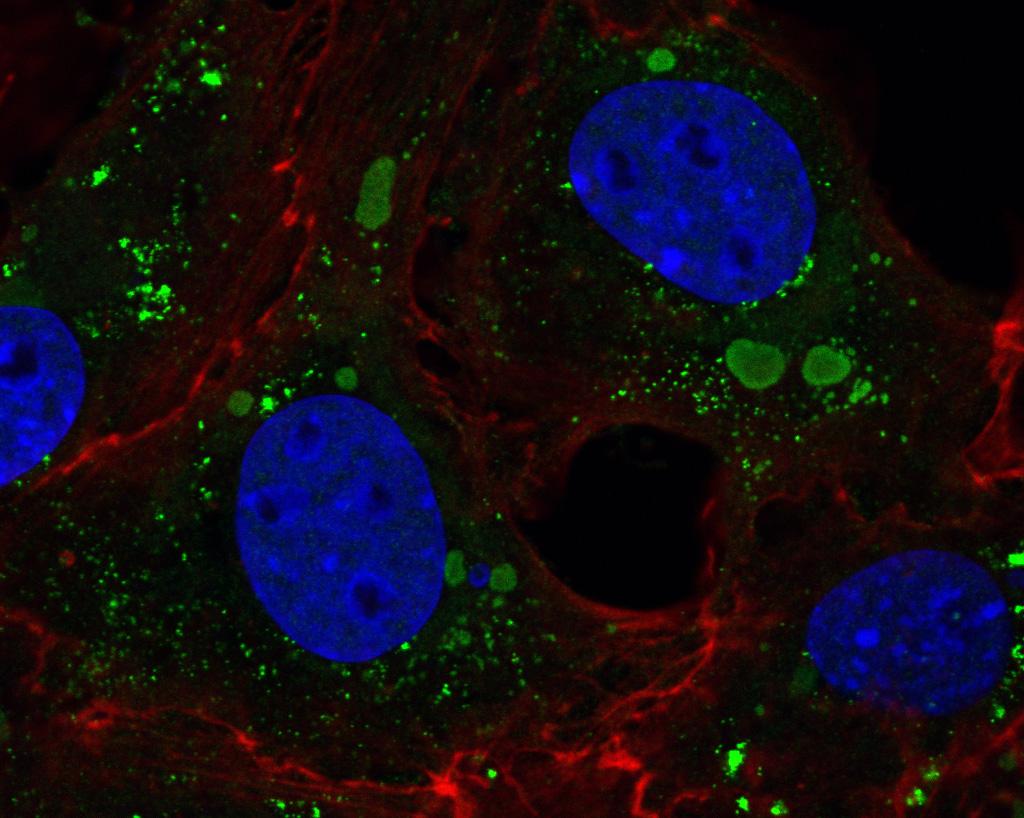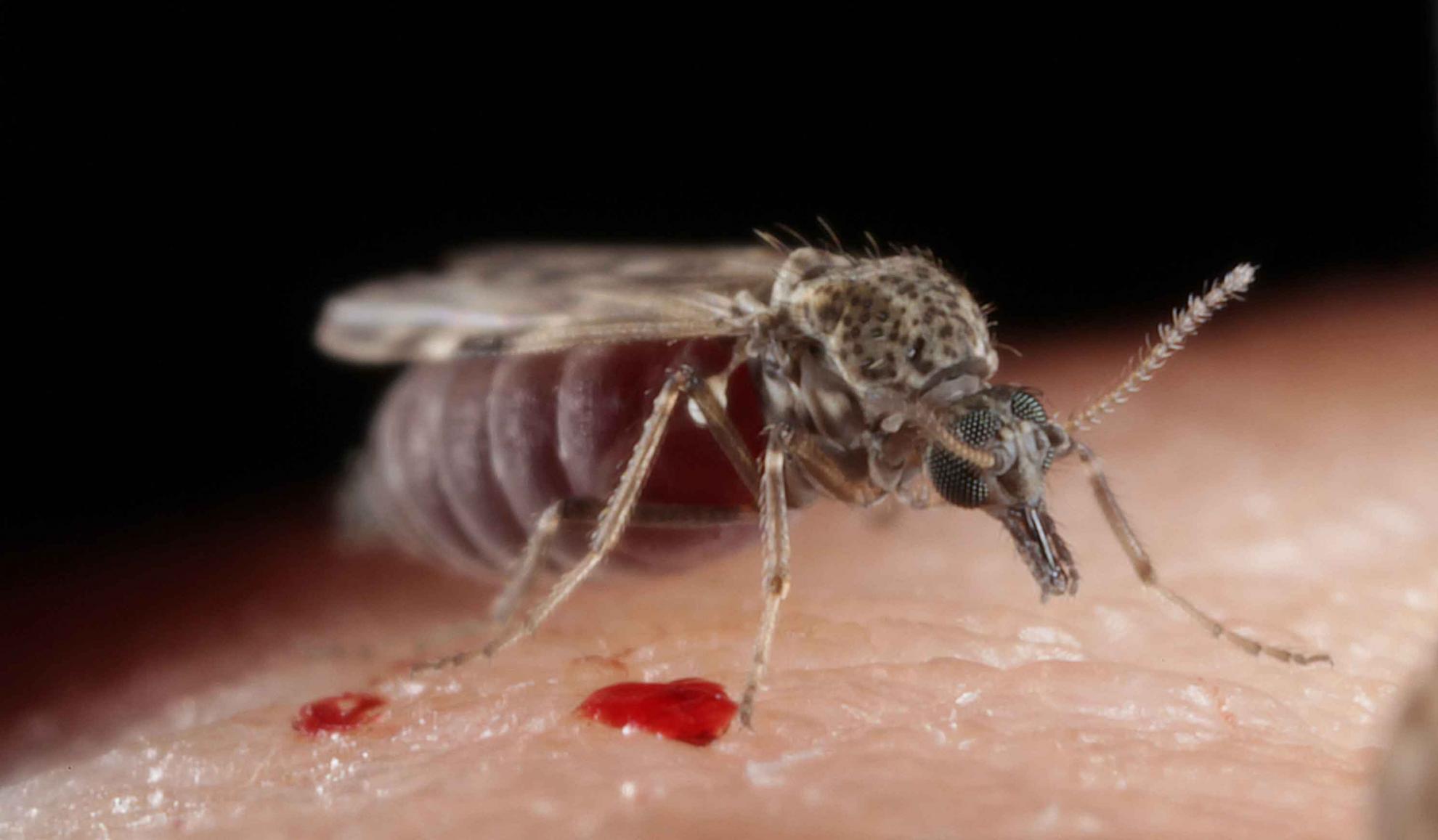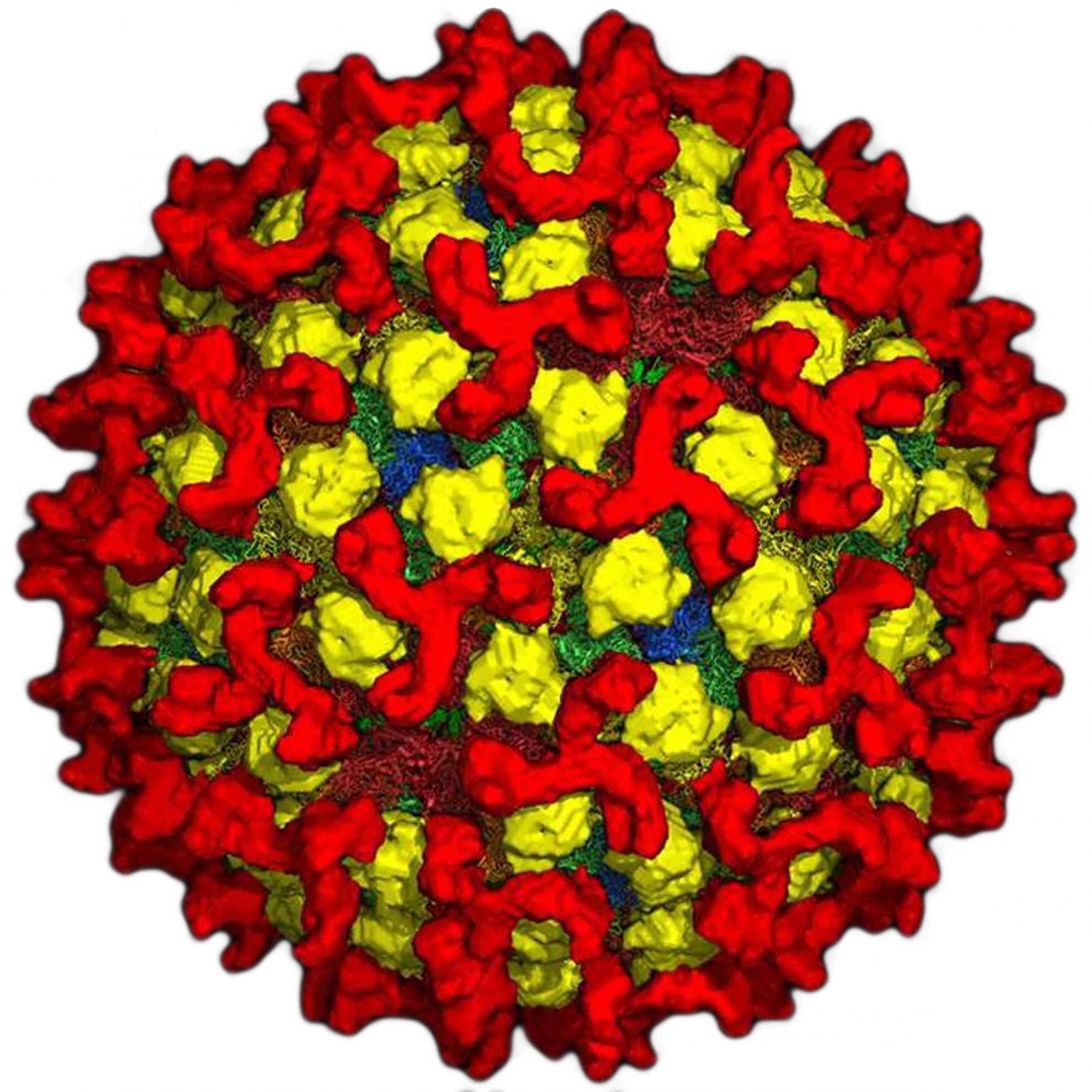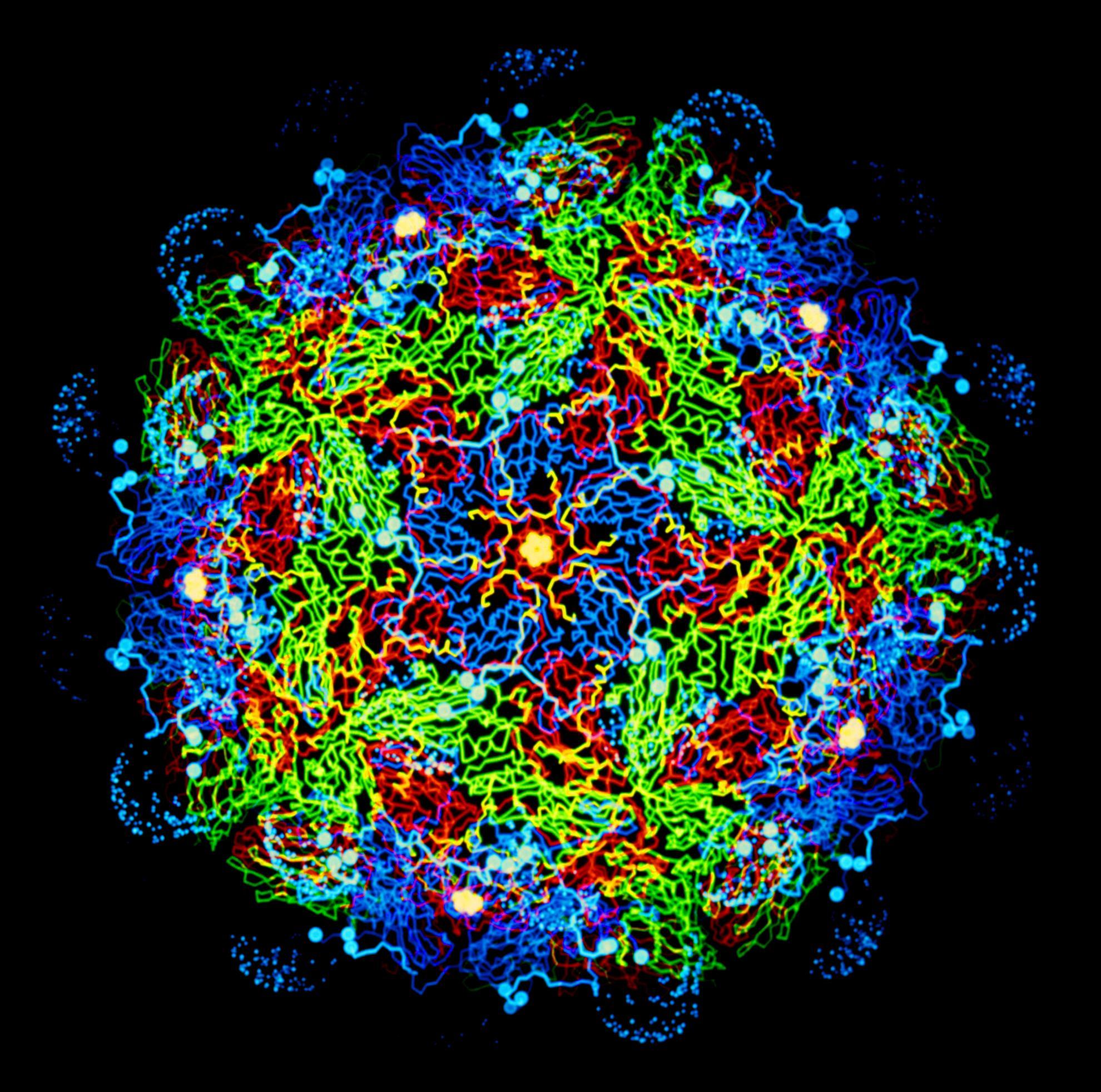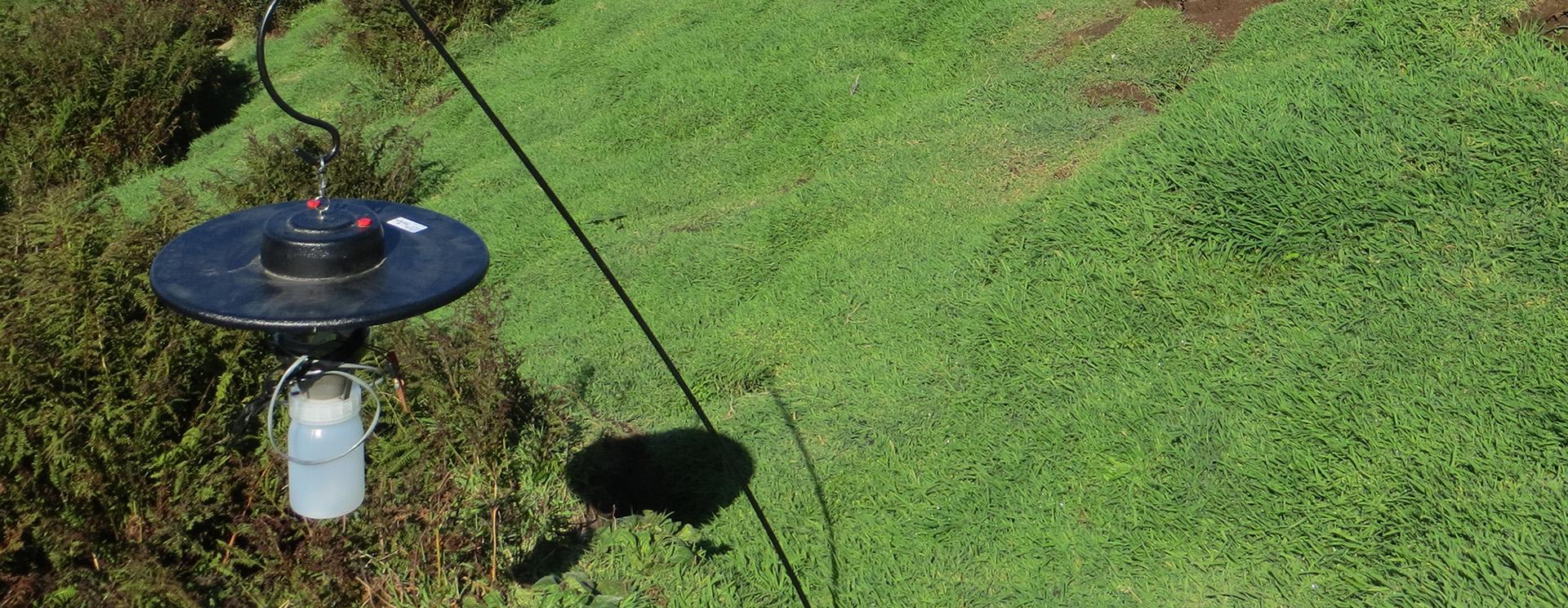Epizootic haemorrhagic disease virus (EHDV) infects deer, sheep, and cattle. Deer are the most likely to exhibit severe disease.
EHDV is not transmitted from animal to animal, but by the bites of Culicoides biting midges. Outbreaks typically occur from late summer to early autumn and stop with the onset of frost due to the die-off of the midges.
EHDV causes epizootic haemorrhagic disease (EHD), which does not usually kill livestock. However, it has become an emerging disease in cattle and was added to the World Organisation of Animal Health (WOAH) list of notifiable diseases in May 2008.
Livestock owners need to be aware of EHD due to the lower productivity rates of infected animals as a result of reduced milk production, weight loss, and lameness.
The disease is found in North America, Australia, Asia, and Africa, occurring most frequently in the southern United States. In 2022, EHDV was detected for the first time in mainland Europe.
Please see the Defra website for advice on how to spot and report the disease.
Clinical signs
Some breeds of deer are particularly susceptible to EHDV infection and show severe clinical signs of EHD. Cattle are less likely to show severe clinical signs, but the recent EHDV-8 strain in Europe has resulted in clinical presentation and significant reduction in milk yield.
Clinical signs of EHD in deer may include:
- Fever
- Reddening of the mucosal membranes, eyes, and/or region above the hoof
- Sores on the nose, gum and/or dental pads
- Excessive salivation
- Discharge from the nose
- Swelling of the face, lips, nose and/or tongue
- Lameness
- Depression
- Loss of fear of humans
- Death
Clinical signs of EHD in cattle may include:
- Fever
- Reddening of the mucosal membranes, eyes, and/or region above the hoof
- Sores on the nose, gum and/or dental pads
- Excessive salivation, protruding tongue
- Discharge from the nose
- Swelling of the face, lips, nose and/or tongue
- Lameness
- Depression
- Reduction in milk yield
Virology
EHDV is one of at least 22 recognised species in the genus Orbivirus, belonging to the wider Sedoreoviridae family.
It is a complex, non-enveloped virus which has a double stranded RNA genome consisting of ten segments of different sizes. These segments encode its seven structural proteins (VP1-7) and five non-structural proteins (NS1-5). The EHDV particle has an icosahedral structure, which consists of three layers including the outer capsid, core and sub-core.
Due to its segmented genome, EHDV can reassort, swapping genome segments, when two EHDV strains replicate within the same cell. This can give rise to new EHDV strains, which can have different characteristics, and potentially virulence, which may make current vaccines ineffective.
There are at least eight recognised serotypes of EHDV, with strain diversity observed within each serotype.
Vaccines against EHDV are currently not available. However, an inactivated vaccine against the strain currently in Europe (EHDV-8) is in development.
Pirbright’s research on epizootic haemorrhagic disease virus
Predicting
Together with Defra and the Met Office, we collate data on the disease situation in near-continental Europe, wind patterns and temperatures to assess the risk of wind-borne incursion of EHDV-infected vectors into the UK.
We are currently developing mathematical models to predict the spread of EHDV based on those we have previously developed for the closely-related bluetongue virus.
Detecting
As home to the National reference laboratory for EHDV, we provide an essential diagnostic, surveillance, and advisory service to the UK government. We are responsible for maintaining and continually improving the suite of molecular and serological tests that detect EHDV in infected ruminants.
Using the latest next generation sequencing technologies, we are improving the speed and efficiency of determining the genetic sequence of EHDV isolates, which will help us to understand how viruses evolve, spread and the origin of new incursions or outbreaks.
Understanding
Using our high-containment animal facilities, we will investigate the clinical presentation, pathology, infection dynamics and immune response in cattle infected with new and emerging EHDV strains. Our unique virus-vector-host transmission model allows us to investigate the efficiency of transmission to and from Culicoides midges to predict likely spread of EHDV.
We investigate how Culicoides biting midges transmit EHDV between animals. Using our Culicoides midge colonies, we can explore many aspects of EHDV transmission. We also monitor the activity of adult midges across the UK at key times in the year to understand when disease transmission may be possible.
Responding
We help Defra prepare to respond to EHDV outbreaks through:
- Screening ruminant blood samples from animals imported from areas at risk of EHDV to ensure animals imported to the UK are free from EHDV.
- Screening ruminant blood samples with our suite of molecular and/or serological tests to detect EHDV-infected animals, identify the responsible EHDV serotype and its potential origin.
- Monitoring vector activity and temperatures to assess EHDV transmission risk at different times of the year.
- Providing expert advice on the disease, the virus, and its vectors.
